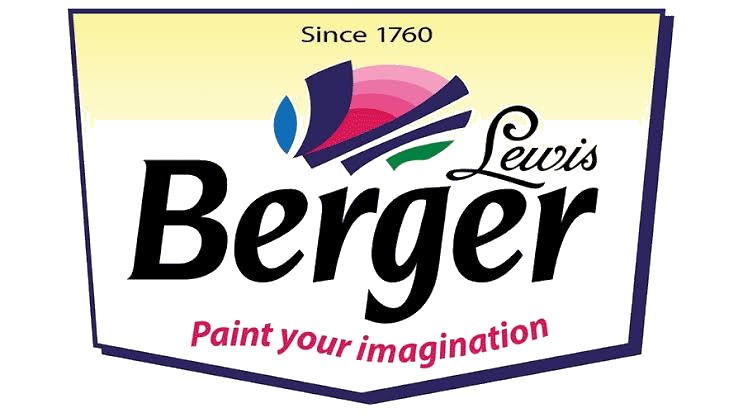



Senior Partner Consultant





Pratip Sen Gupta, FCA, B. Com. (Hons), was a top corporate executive in companies like KPMG, HUL, Illinois Tool Work Inc., Berger Paints, and Joyco for 38 years, of which 25 years as Managing Director and Country Controller. full-time director and CFO. He has vast expertise and a proven track record, especially in business and corporate revival and establishment; restructuring; rightsizing; innovatively leveraging IT for process and business efficiency and controls; process simplification; data-based diagnosis and resolution of business concerns and risks; designing actionable MIS proactively delivered; and high-level business strategy and planning. Presently, he is a senior business advisor and consultant.
ITW Signode India Limited (then a listed company and a subsidiary of Illinois Tool Works Inc.) suffered a loss of around 26 crores on revenue of around 180 crores in the year ended 1999. Illinois Tool Works Inc. appointed Pratip to turn the company around, which was challenged with multiple unprofitable business lines, process inefficiencies, expensive finance sources, a large workforce, and other factors leading to its decay. Pratip was able to revive the company within 14 months by closing down all but three potentially profitable core businesses, recovering outstanding dues, rightsizing the workforce, making process changes, and implementing other initiatives. By the year 2001, the company reported profits on a decreased turnover. In 2002, the company was delisted, but over the next decade, it achieved organic and inorganic growth, becoming nearly six times larger, debt-free, and highly profitable. During those 12 years, the company achieved several national and international milestones.
Pratip was a part of the 10-member team constituted by the then Chairman of Hindustan Lever Limited (now called Hindustan Unilever Limited) to seamlessly integrate the just-acquired TOMCO (at that time one of the largest M&As in India) with Hindustan Lever Limited. Pratip was entrusted with the integration of factories and outsourced manufacturing units of TOMCO based on synergies between the facilities of the two companies. This objective was achieved in two years and is one of the unique success stories of post-merger integration. It served as a role model for several subsequent integrations of combined companies.